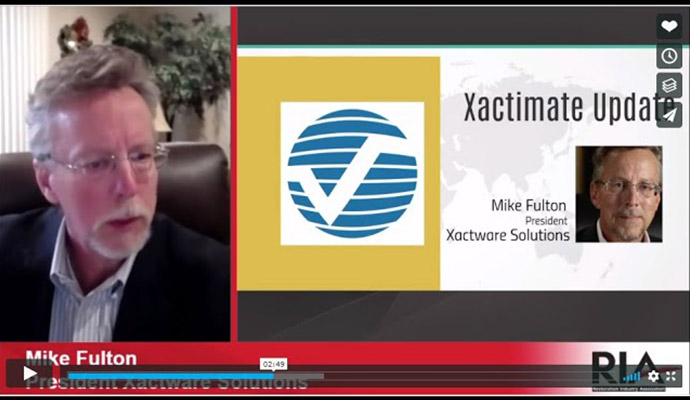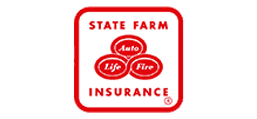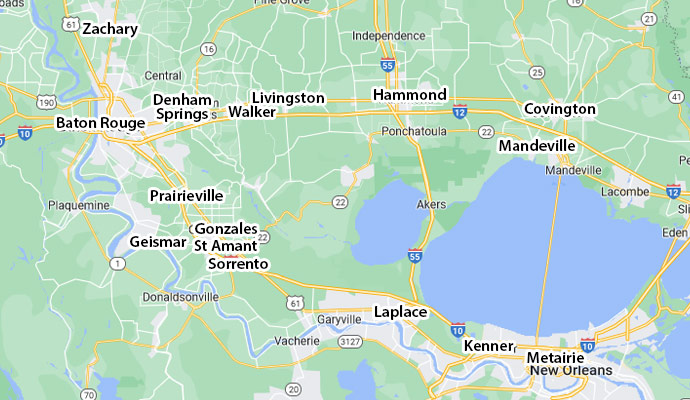Mold Clean Up Baton Rouge
Food & Mold
To toss or not to toss??
You might think that the little bit of mold on your bread is easily cut away and discarded. What most people don’t know is that, like an iceberg, there is a lot more than what you are able to see. Some foods will only host surface mold, and that mold can easily be wiped or cut away and the foods can be eaten. Mold clean up Baton Rouge.
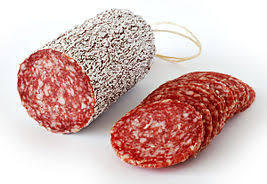
Which of these foods need to be tossed out? Which can be cleaned and then eaten?
- Question 1: Hard Salami
- Question 1: Hard Salami – Correct answer: Do NOT toss – It’s normal for hard salami to develop surface mold; just scrub it off the top.
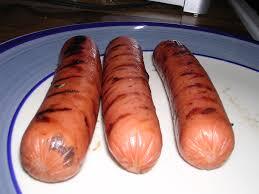
- Question 2: Hot Dogs
- Question 2: Hot Dogs – Correct answer: Toss Because hot dogs are a high-moisture food, mold can indicate bacteria beyond the surface, so toss any moldy hot dogs.
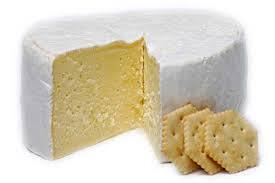
- Question 3: Brie Cheese
- Question 3: Brie Cheese – Correct answer: Toss Though brie is made using mold, you should toss it if it develops mold that isn’t part of the manufacturing process.
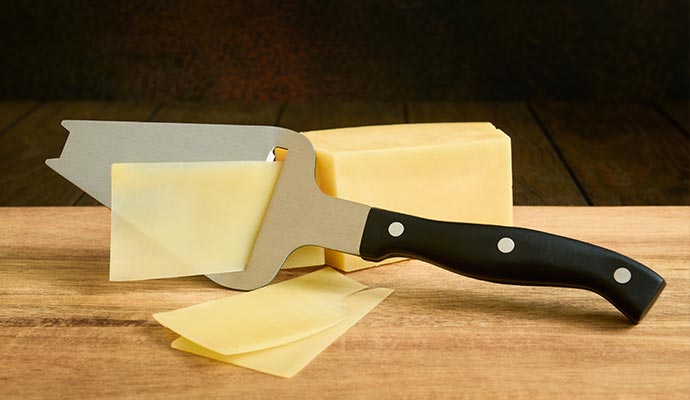
- Question 4: Hard Cheese
- Question 4: Hard Cheese – Correct answer: Use – Don’t toss hard cheese that develops mold; just cut at least one inch around the moldy spot and avoid touching the mold with your knife. Ditch the moldy part and wrap the cheese in fresh wrap.
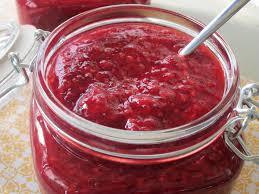
- Question 5: Jam
- Question 5: Jam – Correct answer: Toss – Jams and jellies that develop mold should be discarded.
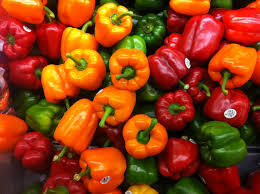
- Question 6: Bell Peppers
- Question 6: Bell Peppers – Correct answer: Use – With firm, low-moisture fruits and vegetables, you can also just cut one inch around the mold and eat the rest.
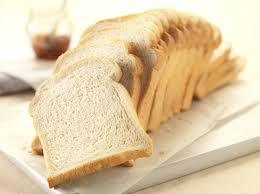
- Question 7: Bread
- Question 7: Bread – Correct answer: Toss – Don’t be tempted to eat moldy bread; it could be contaminated below the surface.
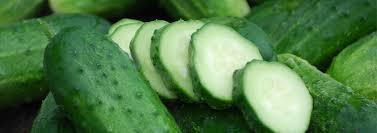
- Question 8: Cucumbers
- Question 8: Cucumbers – Correct answer: Toss – High-moisture fruits and vegetables should be discarded if they develop mold.
So – WHY ARE WE TALKING ABOUT FOOD AND MOLD AGAIN??? AND How does all of this relate to mold remediation in a building?????
STAY TUNED FOR PART #3 OF OUR SERIES ON MOLD


